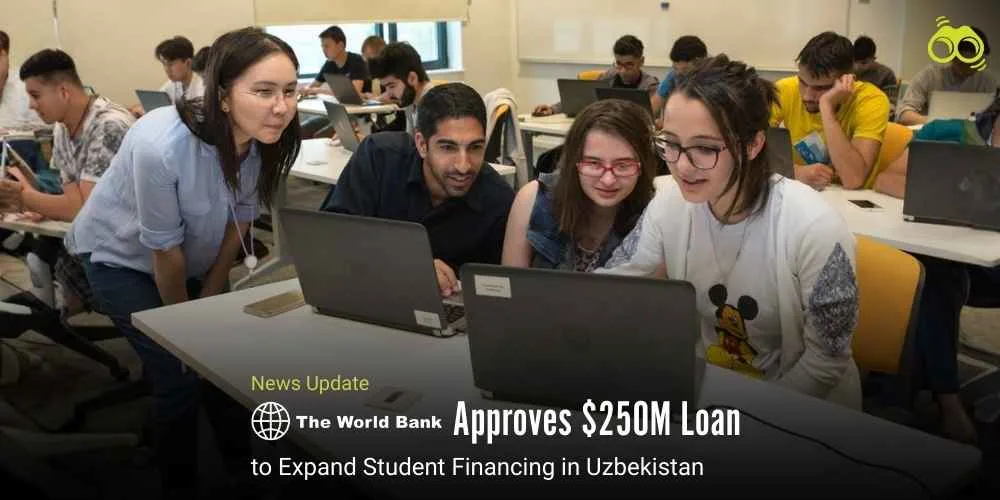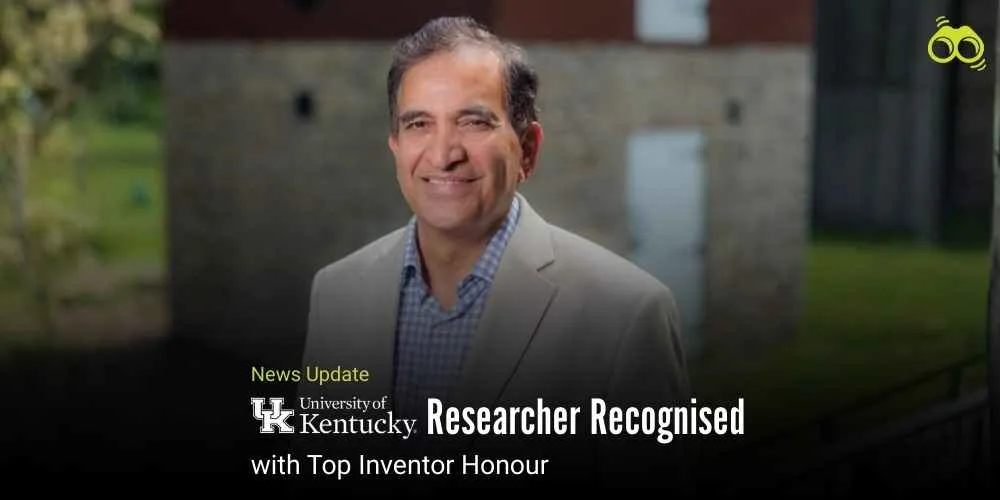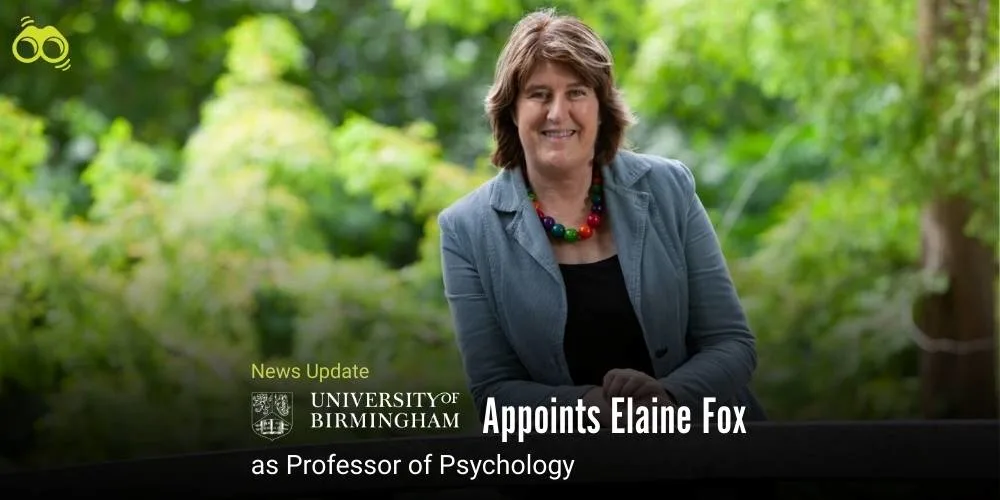University of Stuttgart Achieves Highest Participation Rate in DAAD Survey
Over 60% of International Students Choose University of Stuttgart as First Preference
The University of Stuttgart was said to be appealing, friendly, and to provide top‑notch career opportunities. The results of the German Academic Exchange Service’s (DAAD) Benchmark International University (BintHO) study corroborated this opinion. The university participated in this survey for the first time, and the findings demonstrated how well‑positioned it is as a German international university. According to the BintHO study, the largest German inquiry into student mobility, more than 115,000 foreign students from 132 universities in Germany participated in the winter semester 2023/24. Comparing itself with 56 other universities of similar size, seven TU9 universities, and other technical institutions, the University of Stuttgart achieved the highest participation rate in the survey, with nearly 25 per cent of international students at the university completing the study. The next DAAD survey on German universities is expected to be conducted in autumn 2026. Therefore, the University of Stuttgart remains one of the most important players in higher education and research in Germany.
More than 60 per cent of the interviewed international students expressed a wish to come to the University of Stuttgart as their first choice. The wide range of English‑taught degree programmes offered by the University of Stuttgart, along with the school’s prestige and good ranking numbers, were further convincing reasons. Furthermore, Stuttgart was deemed a lovely place, and students appreciated the application process and the support services such as the Buddy Programme and the Intercultural Mentoring Programme. The University now fully deserves to be one of the preferred choices of international students considering studying in Germany.
Almost three‑fifths of the international students expressed their desire to stay long‑term and work in Germany. They valued Germany as a tech haven and considered decent career opportunities to be available upon graduation. Many worked during their study period to finance their education, more often than German students. Notably, 86 per cent wished to stay in Baden‑Württemberg, more than 53 per cent in the region surrounding Stuttgart.
According to these figures, the university would be ranked at the top within its comparison group, with FIT programmes offered to support its students in the area of integration, language, and career development. Around 60 per cent of international students showed an inclination towards attending language courses, feeling that they had met little support in dealing with the German language and wanted to engage more with local students. In this way, the University has demonstrated its efforts in supporting international students in adjusting towards living and career opportunities in Germany.
The semester abroad was considered the most sought-after version of international experience among Stuttgart students, who planned more semesters abroad than students at any other university in the comparison group. The preferred destinations encompass Europe, Asia‑Pacific, and North America, supported by a wide network of partner universities. The students were driven by the prospect of personal growth, honing language proficiencies, and obtaining cultural experiences.
Most found it impossible to conceive of entirely online study abroad experiences; however, some would consider online study abroad options if they included a short on‑site stay. Sometimes, financial or personal constraints prevented application, and other obstacles included credit recognition. In this direction, the university’s internationalisation strategy aimed to enhance these processes. In this manner, the University of Stuttgart fortified international exchanges for students in Europe and beyond.
Accordingly, the study stated that 26.4 per cent of domestic students at the University of Stuttgart had a migration background, placing the institution ahead of many peers. As first‑generation students from non‑academic families, 36.9 per cent proportionally defined themselves as such. Projects such as POWERst – EmPOWERing First Generation Students enhanced their access to higher education. Thus, the university has assumed the responsibility of inclusivity and equal opportunity for higher education and research in Germany.
Overall, students declared satisfaction with their studies and with the University of Stuttgart. Several international students perceived the campus as open and respectful and adapted quite quickly to everyday life in Germany. They were also satisfied with their living conditions. Instances of feeling “foreign” or unsafe were significantly less frequent at Stuttgart than at other universities, both in relation to university staff and administration and in the housing/job market experiences incurred outside the university. Thus, the university was cherished for providing a safe and welcoming environment. Professor Alexander Brem, Vice Rector for Science Transfer and International Affairs, pointed out that the BintHO study had shown how the University of Stuttgart created an atmosphere that is inclusive and respectful. He stated that the university would build on those positive findings to ensure that, from now on, students would continue to feel welcome and have the best conditions for their studies. This naturally explains why the University of Stuttgart is well‑known for its internationality.
Editor’s Note
The BintHO study’s findings have significantly enhanced the University of Stuttgart’s international standing, highlighting its attractiveness and openness as a top choice for prospective students. Over 60% of those surveyed expressed a preference for Stuttgart, indicating the positive impact of its English‑taught degree programmes, high rankings, and comprehensive service offerings. On the other hand, approximately 86% of students desire to remain in Baden‑Württemberg, and over half of these intend to stay in Stuttgart itself, thereby adding potential people to the talent pool and economic strength of that city through the university. This is a strong reminder that the public must also view higher education and research in Germany as an important driver of long‑term growth, not just as an educational exercise. Meanwhile, this sharp interest in language courses and integrative programmes raises a challenge that cannot be overlooked. International students want to be more involved in German society and culture, and this requires more support. Stuttgart has taken some steps in this direction, but the demand indicates that further investment in language, mentoring, and career services is necessary. The university’s success in promoting study abroad opportunities is equally commendable. Stuttgart is shaping its own role in global exchange by encouraging students to pursue international experiences in Europe, Asia‑Pacific, and North America. However, there remain barriers such as financial challenges and credit recognition that must be addressed if internationalisation is to be more than a catchphrase.
Skoobuzz emphasises that the University of Stuttgart has demonstrated that internationality, inclusion, and career orientation can go hand in hand. The task now is to maintain this level. For this, steady funding, better support structures, and a clear policy regarding internationalisation would be necessary for Stuttgart to stay at the top of higher education in Germany.
FAQs
Q1. What is the University of Stuttgart recognised for in the BintHO study?
The University of Stuttgart was recognised as appealing, friendly, and offering excellent career opportunities. The study confirmed its strong position as a leading international university in Germany.
Q2. What is the BintHO study on German universities?
The Benchmark International University (BintHO) study is the largest German survey on international student mobility. Conducted by the DAAD, it involved more than 115,000 students from 132 universities in the winter semester 2023/24.
Q3. How did the University of Stuttgart perform in the BintHO survey?
The University of Stuttgart achieved the highest participation rate among surveyed universities, with nearly 25 per cent of its international students taking part. This placed it at the top of its comparison group.
Q4. Why is the University of Stuttgart recognised for internationality?
Over 60 per cent of international students surveyed chose Stuttgart as their first choice. They valued its wide range of English‑taught degree programmes, strong rankings, and support services such as the Buddy Programme and Intercultural Mentoring Programme.
Q5. How does the University of Stuttgart support international students?
The university offers integration, language, and career programmes under the FIT project. Around 60 per cent of international students attended language courses, showing the university’s commitment to helping them adapt to life and careers in Germany.














0 Comments (Please Login To Continue)